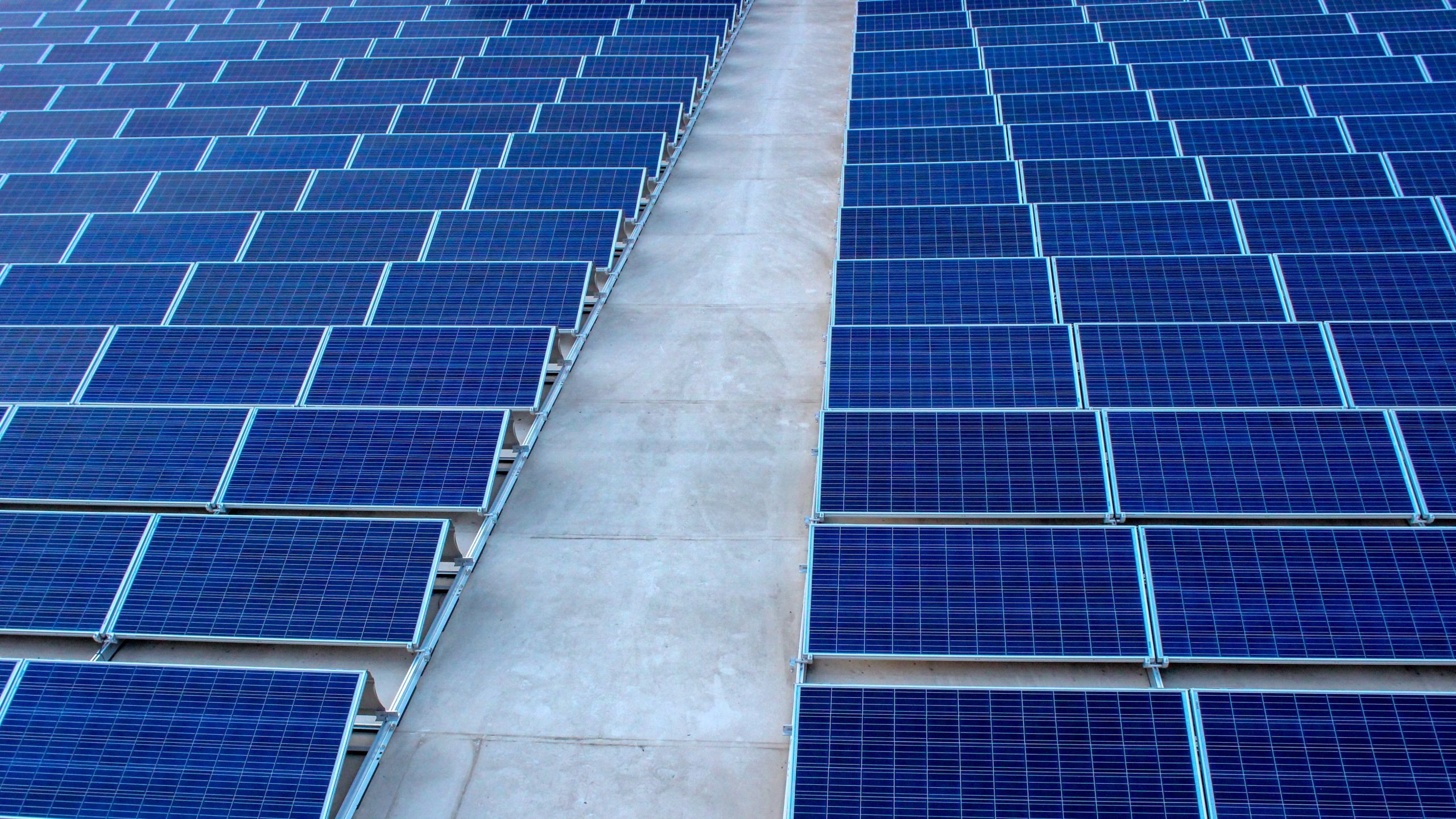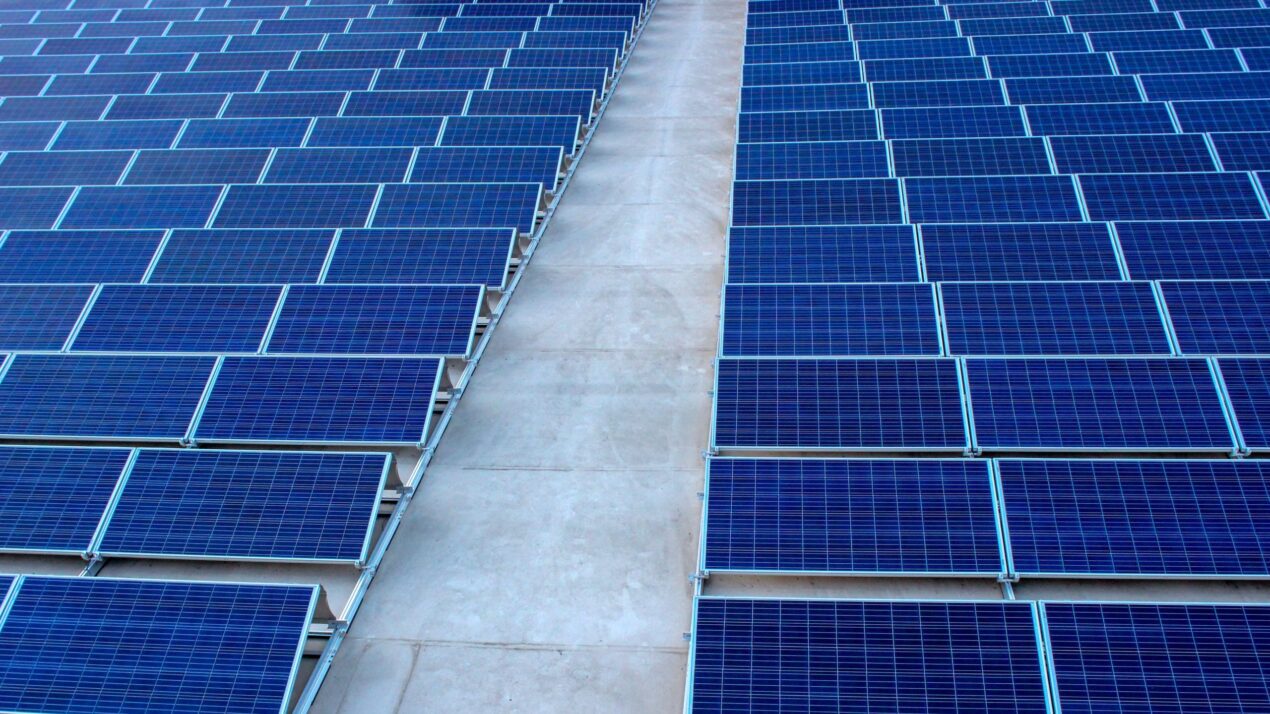
Policy Solution
Solar panels
Incentive

Summary
Installing solar panel systems on rooftops provide the dual benefits of providing renewable energy as well as direct cooling to buildings. The energy produced by solar energy can help offset energy costs for air conditioning.
Implementation
Offer energy rebates for installation of solar panels.
Considerations for Use
Solar panels can be applied in a diversity of climates and contexts with low maintenance costs. Upfront capital costs to buy and install solar panels is typically prohibitive or a deterrent for lower-income households.
Overview
Climate:
Cold, Hot/Dry, Hot/Humid, TemperatePolicy Levers:
IncentiveFinancial and non-financial incentives to encourage stakeholders to implement heat risk reduction and preparedness solutions, including rebates, tax credits, expedited permitting, development/zoning bonuses, and more.Trigger Points:
No-regrets actions (low cost/low effort but substantial benefit)Interventions that are relatively low-cost and low effort (in terms of requisite dependencies) but have substantial environmental and/or social benefits.Intervention Types:
Buildings and Built FormSectors:
Buildings, Informal Settlements, Public Works
Case Studies
Impact
Target Beneficiaries:
Property owners, ResidentsPhase of Impact:
Risk reduction and mitigationMetrics:
Amount of energy produced by solar energy
Implementation
Intervention Scale:
BuildingAuthority and Governance:
City government, National government, State governmentImplementation Timeline:
Medium-term (3-9 Years)Implementation Stakeholders:
City government, Private developers, Property owners and managersFunding Sources:
Private investment, Public investmentCapacity to Act:
High, MediumBenefits
Cost-Benefit:
LowPublic Good:
LowGHG Reduction:
MediumCo-benefits (Climate/Environmental):
Reduce greenhouse gas emissionsCo-benefits (Social/Economic):
Create jobs, Save on utilities
